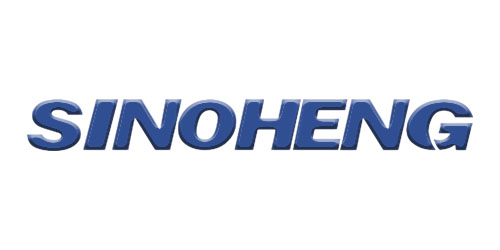Friends who are familiar with flatbed trailers all know that they are used to transport machinery or goods. As a result, this type of vehicle is prone to some minor problems. So how can we maintain the vehicle to avoid these problems? We have summed up ten maintenance tips. Friends who are interested are also welcomed to conduct on-site inspections and visits to our company. We are looking forward to cooperating with you!
The flat – bed trailer is also known as the engineering machinery transport vehicle, flat – bed truck, low – bed transport vehicle, and flat – bed transport vehicle. It is mainly used for transporting non – disassemblable objects such as excavators, loaders, harvesters, and forklifts. The flat – bed transport vehicle is a common large – scale heavy – duty truck in daily life. The flat – bed trailer is widely used in large – scale production or engineering sites such as factories and construction sites. The strong load – bearing capacity of the flat – bed transport vehicle plays an important role in the process of economic development.
1. The connection between the supercharger of the flat – bed transport vehicle and the intake and exhaust pipes must be tight without air leakage. If there is air leakage between the exhaust pipe and the exhaust – gas turbine, the efficiency of the supercharger will be greatly reduced, and the exhaust temperature of the diesel engine will rise sharply, damaging the valves and the supercharger.
2. Before starting the new engine, the supercharger and the supercharger oil filter must be filled with clean oil to ensure that the supercharger bearings can be lubricated as soon as the diesel engine starts. After the vehicle has traveled 8,000 – 10,000 km, the supercharger oil filter element must be replaced.
3. Before shutting down the diesel engine of the flat – bed transport vehicle, it should run at idle speed for 3 – 5 minutes to reduce the speed and temperature of the supercharger and listen to the running sound of the supercharger. If any abnormality is found, the engine should be shut down for inspection. If the supercharger rotor rotates inflexibly with sticking or wear sounds, it must be sent to a qualified maintenance station for repair.
4. For the flat – bed transport vehicle, after every 500 hours of work or 30,000 km, the clearance on the supercharger rotor shaft should be checked, and the dust and carbon deposits on the compressor turbine housing and rotor blades should be removed. At this time, the turbocharger needs to be removed from the diesel engine, and the metal gasket between the supercharger and the exhaust pipe should be replaced. It is not allowed to use mechanical methods to remove the deposits on the rotor components. Instead, gasoline or other cleaning fluids for cleaning aluminum parts should be used.
5. The locking nut of the supercharger compressor of the flat – bed transport vehicle cannot be disassembled, otherwise the dynamic balance of the supercharger rotor will be destroyed, causing damage to the supercharger.
6. For the flat – bed transport vehicle, do not allow any removed rotating parts of the turbocharger to be damaged or deformed by force, otherwise the balance of the turbine of the flat – bed transport vehicle will be affected. Similarly, any rubber seals should not be damaged.
7. The excavator flat – bed truck must be filled with diesel and urea solution produced by regular manufacturers. Excessive impurities and other component problems may damage the catalyst on the exhaust pipe.
8. The urea filter element should be replaced regularly. For air – driven urea pumps and air – assisted urea pumps, the air filter element should also be replaced regularly.
9. The urea tank of the excavator flat – bed truck is prone to accumulate impurities, sediments and crystals, so it should be cleaned regularly. At the same time, attention should also be paid to the cleanliness of the outside of the urea tank, especially around the tank lid. Do not let dirt fall into the tank when filling urea.
10. Crystallization and blockage may also occur in the urea nozzle and pipelines. It is recommended that users go to the chassis service station for inspection and maintenance according to the maintenance cycle suggested by the manufacturer. Here is a reminder that although the after – treatment methods are the same, the working modes of different engine manufacturers will be different. Users who are not quite clear can check the vehicle operation manual or consult the sales staff.

